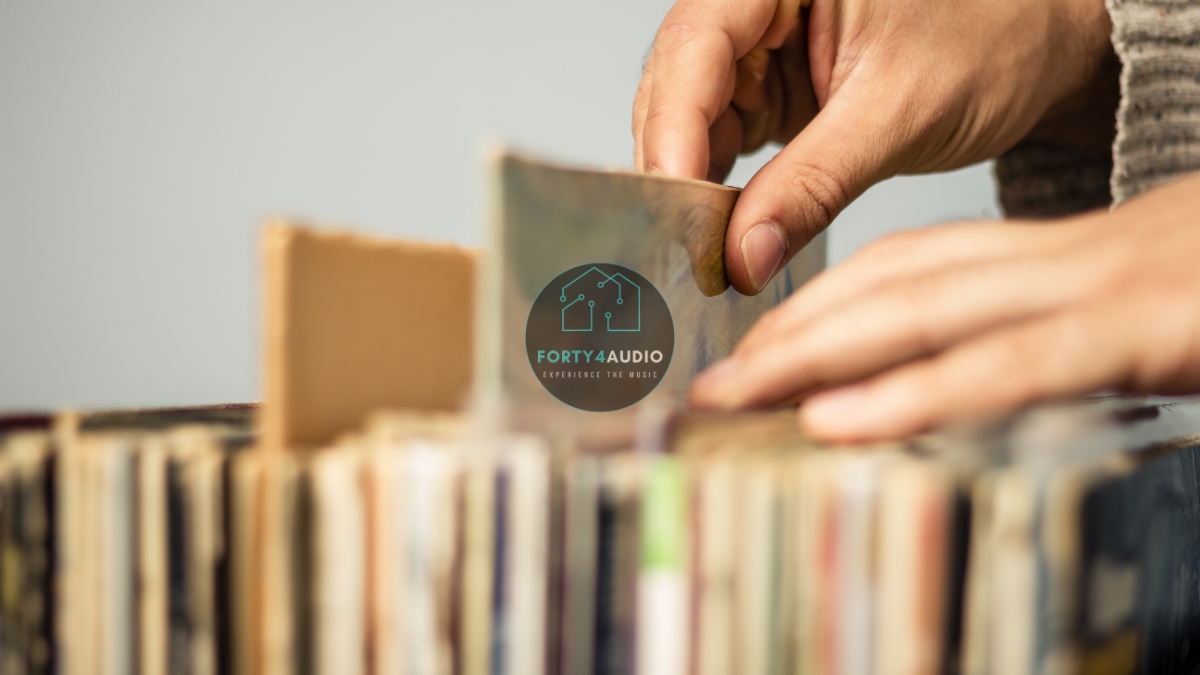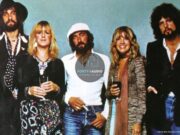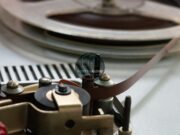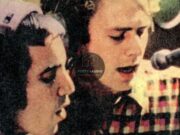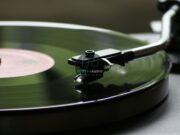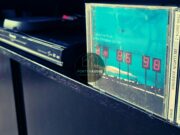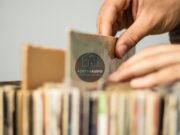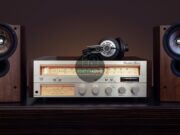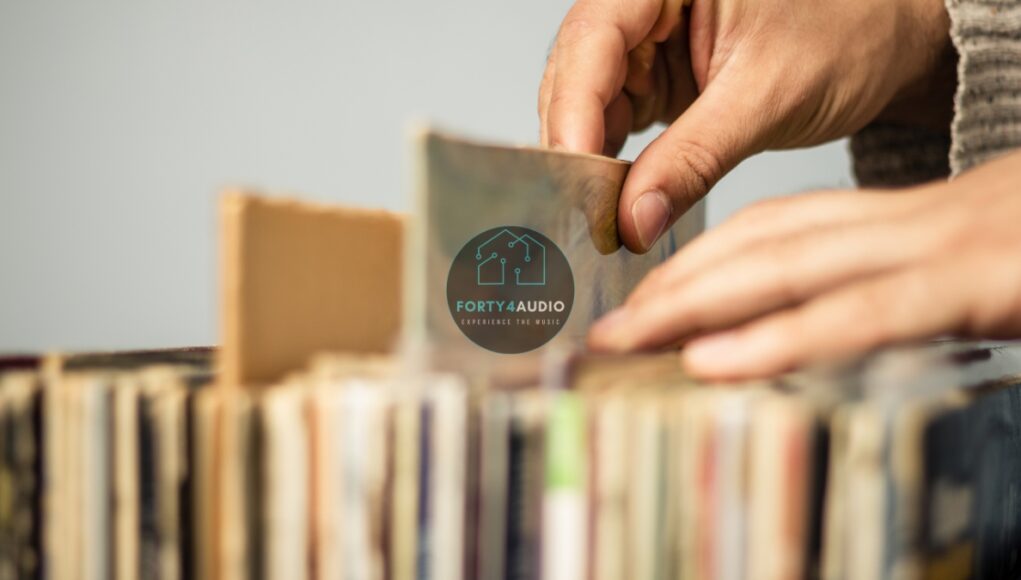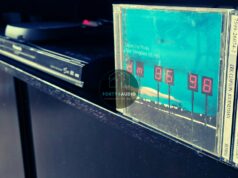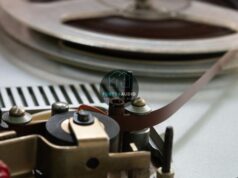The Analog Revival and Why Vinyl Records Still Matter
In an era where music is available at the tap of a screen, something unexpected has happened – vinyl records are back. Not as a novelty or collector’s item, but as a thriving format embraced by new generations of listeners. From indie artists pressing limited runs to major labels reissuing classics, the analog revival is more than a trend. It’s a cultural shift rooted in history, sound, and the human desire for connection.
This article explores why vinyl records and turntables continue to deliver a unique audio experience, how to get started with your own setup, and what makes analog listening so enduring in the age of streaming.
The History of Vinyl Records and Their Cultural Significance
The story of vinyl begins long before the LP became a staple in living rooms. In the late 1800s, Thomas Edison’s phonograph cylinders introduced the idea of recorded sound. By the 1930s, shellac 78 RPM records were the norm, but it wasn’t until Columbia Records introduced the 12-inch 33⅓ RPM LP in 1948 that the modern vinyl era truly began.
The 1950s through the 1980s marked the golden age of vinyl. Albums became more than just music – they were cultural artifacts. Think of The Beatles‘ Sgt. Pepper’s Lonely Hearts Club Band or Pink Floyd‘s The Dark Side of the Moon. These weren’t just records; they were immersive experiences, complete with iconic artwork and sequencing that told a story.
But the 1990s brought a shift. CDs promised convenience and clarity, and by the early 2000s, MP3s and streaming platforms had all but buried analog formats. Vinyl was relegated to thrift stores and audiophile circles.
Then something changed.
By the 2010s, vinyl sales began to climb again. In 2020, for the first time since 1986, vinyl outsold CDs in the U.S., according to the RIAA. Record Store Day, launched in 2007, played a major role in this resurgence, celebrating independent shops and exclusive pressings. Suddenly, crate digging was cool again – and not just for nostalgic boomers. Gen Z and millennials were leading the charge.
Rare Fact: In 1977, NASA launched the Voyager Golden Record – a gold-plated LP containing music, greetings, and sounds from Earth – into space. It’s still out there, a cosmic mixtape for any extraterrestrial listeners.
Why Vinyl Records Offer a Unique Listening Experience
The Ritual of Playing a Record
There’s something grounding about playing a vinyl record. You select an album, remove it from its sleeve, place it on the platter, and gently lower the needle. It’s a process that demands attention and rewards it with presence. You’re not skipping tracks or letting an algorithm decide what’s next. You’re listening – intentionally.
Album Artwork and Physical Media
Vinyl records are visual and tactile. The 12-inch format allows for bold, expressive artwork that digital thumbnails can’t replicate. Gatefolds, lyric inserts, and colored vinyl pressings turn each album into a collectible piece of art. Holding a record feels different than scrolling through a playlist – it’s music you can touch.
The Sound of Vinyl vs Digital Formats
One of the most debated aspects of vinyl is its sound. Many listeners describe it as warm, rich, or alive. That warmth comes from analog waveforms, which are continuous and natural, unlike digital formats that sample sound at intervals.
While high-resolution digital audio can be incredibly detailed, vinyl offers a different kind of depth. It’s not about perfection – it’s about presence. Surface noise, subtle imperfections, and the physical interaction between needle and groove all contribute to a sound that feels human.
Lesser-Known Insight: Not all vinyl is created equal. Some modern pressings are sourced from digital masters, which can limit the analog benefits. Look for AAA pressings (analog recording, mixing, and mastering) for the purest experience.
How to Set Up a Beginner Turntable System
Getting into vinyl doesn’t have to be intimidating. Here’s what you need to start spinning records at home.
Essential Components of a Turntable Setup
- Turntable – The device that spins the record and reads the grooves.
- Cartridge & Stylus – The needle and housing that convert grooves into electrical signals.
- Phono Preamp – Boosts the signal from the turntable to line level.
- Amplifier & Speakers – Where the sound comes to life.
Some turntables come with built-in preamps and Bluetooth connectivity, making setup easier for beginners.
Best Beginner Turntables for New Collectors
- Audio-Technica AT-LP60X – Affordable, fully automatic, and plug-and-play.
- U-Turn Orbit Basic – Made in the USA, minimalist design, great upgrade path.
- Pro-Ject Debut Carbon EVO – A bit pricier, but audiophile-grade performance.
Must-Have Accessories for Vinyl Listening
- Anti-static brush – Keeps dust off your records before each play.
- Record cleaning kit – Essential for preserving sound quality and longevity.
- Slipmat – Reduces static and protects your records.
- Storage crates or shelves – Keep your collection organized and upright.
Maintenance Tips for Longevity
- Replace your stylus every 500–1,000 hours of play.
- Clean records regularly to avoid groove damage.
- Store vinyl vertically in a cool, dry place.
- Check tracking force and anti-skate settings if your turntable allows.
Comparing Vinyl and Digital Audio Formats
| Feature | Vinyl | Digital |
|---|---|---|
| Sound Profile | Warm, analog, textured | Clean, precise, sometimes compressed |
| Format | Physical | Stream/download |
| Ownership | Tangible collection | Often subscription-based |
| Longevity | Can last decades | Dependent on file formats and tech |
While digital formats offer convenience and portability, vinyl provides a more immersive and intentional experience. It’s not about which is better – it’s about how you want to engage with music.
Vinyl’s Cultural Impact and Community
Vinyl has always been more than a format – it’s a culture. Record stores are gathering places. Album art is a canvas. Pressing plants are part of the creative process.
In 2017, Jack White‘s Third Man Records opened a pressing plant in Detroit, bringing vinyl manufacturing back to the city’s musical roots. Artists like Taylor Swift, Billie Eilish, and Kendrick Lamar have embraced vinyl, releasing deluxe editions and exclusive variants.
Record Store Day has become a global celebration, with limited releases, live performances, and long lines of fans eager to support local shops. Vinyl listening parties, crate-digging meetups, and online forums have created a vibrant analog community.
Why the Analog Revival Has Staying Power
Vinyl’s resurgence isn’t a rejection of technology – it’s a rebalancing. In a world of endless content and passive listening, vinyl offers something rare: focus. It invites you to slow down, to listen deeply, and to connect with music in a physical, emotional way.
Whether you’re spinning a $5 thrift store find or a 180-gram reissue, the experience is yours. And that’s what makes it timeless.
Keep the Needle Moving with forty4 Audio
At forty4 Audio, we believe music should be felt, not just heard. Whether you’re just starting your vinyl journey or rediscovering the magic of analog, we’re here to guide you through every groove, pop, and crackle. Join our community of listeners, collectors, and creators who know that great sound is more than specs – it’s a state of mind.
Ready to build your perfect setup or explore your next favorite record? Stick with forty4 Audio for curated gear guides, artist features, and stories that celebrate the soul of sound.
